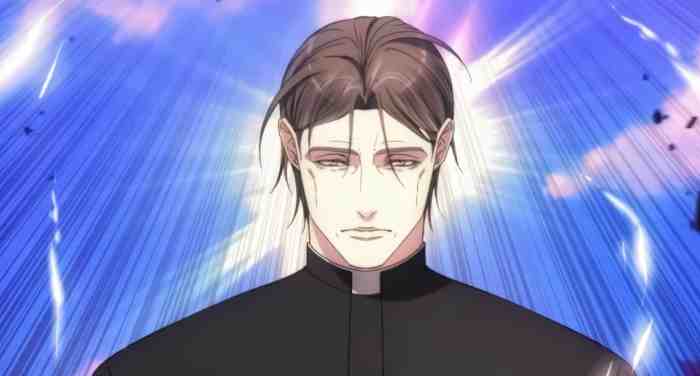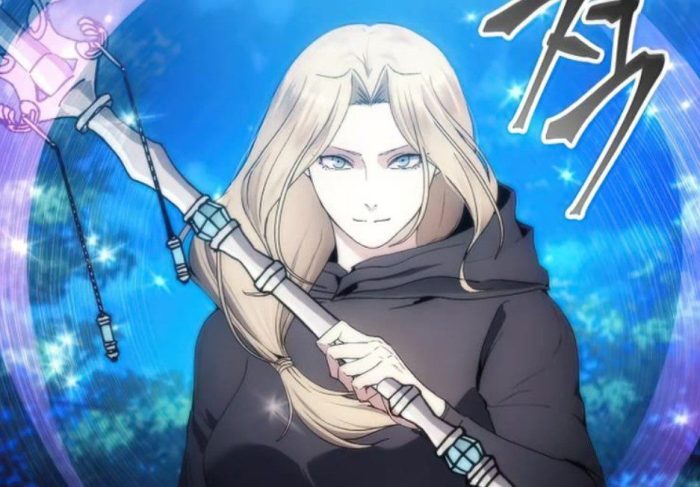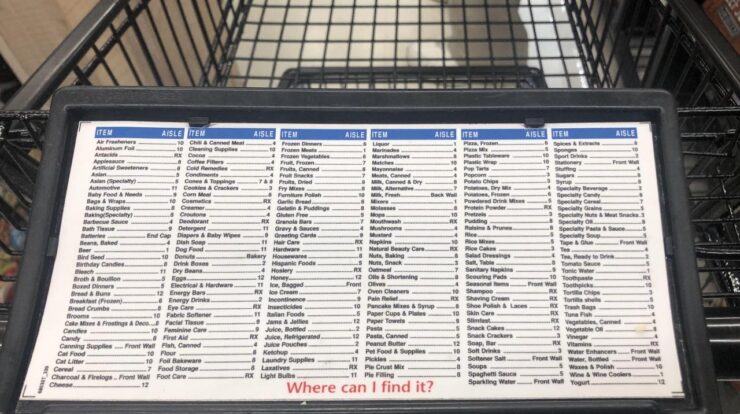
How to live as a villain ch 94 – In How to Live as a Villain Chapter 94, the protagonist’s transformation into a formidable villain unfolds with captivating depth. The chapter explores the motivations, conflicts, and schemes that shape their descent into villainy, offering a unique and thrilling perspective on the dark side of human nature.
The narrative delves into the villain’s grand plan, their methods for achieving their objectives, and the challenges they face along the way. Readers will witness the clash between the villain and their heroic adversaries, as each side fights for dominance.
Villainous Character Development
The protagonist’s transformation into a villain is a complex and nuanced process. Driven by a thirst for power, a desire for revenge, or a deep-seated sense of injustice, they gradually shed their former ideals and embrace the darker aspects of their nature.
Motivations and Circumstances
- Power and Domination:The allure of power can corrupt even the most virtuous souls. A desire to control their own destiny and shape the world according to their will drives some characters towards villainy.
- Revenge and Retribution:A traumatic event or a perceived wrong can fuel a burning desire for vengeance. Consumed by anger and bitterness, the character seeks to inflict pain and suffering on those they hold responsible.
- Sense of Injustice:A deep-seated belief that the world is unfair or corrupt can lead some characters to embrace villainy. They may see themselves as agents of change, using their powers to right perceived wrongs.
Psychological and Emotional Conflicts
The transition to villainy is often accompanied by intense psychological and emotional turmoil. The character grapples with their own moral compass, questioning their actions and the consequences of their choices.
- Guilt and Remorse:Even the most hardened villains may experience moments of guilt or remorse. They may struggle to reconcile their actions with their former values.
- Self-Justification:To cope with their actions, villains often develop elaborate rationalizations and justifications. They may convince themselves that their ends justify the means or that they are acting for a greater good.
- Loss of Empathy:As they embrace their darker nature, villains may lose the ability to empathize with others. They may become indifferent to the pain and suffering they cause.
Villainous Schemes and Objectives

The villain’s grand plan and their ultimate goals drive their actions and shape their strategies. They meticulously devise schemes to achieve their objectives, employing various methods and encountering obstacles along the way.
Methods and Strategies
Villains employ diverse tactics to execute their schemes. They may use manipulation, deception, or brute force to achieve their ends. Some villains rely on their intellect, outsmarting their opponents with cunning plans, while others resort to violence and intimidation.
- Manipulation: Villains may exploit others’ weaknesses, using charm, persuasion, or blackmail to manipulate them into doing their bidding.
- Deception: Villains often use deception to gain an advantage. They may create elaborate lies, forge documents, or impersonate others to achieve their goals.
- Brute Force: Some villains rely on sheer power and violence to achieve their objectives. They may use weapons, technology, or their own physical strength to overcome obstacles.
Obstacles and Challenges
Villains’ paths are not without obstacles. They may encounter resistance from heroes, law enforcement, or even their own allies. Unforeseen events, betrayals, and changes in circumstances can also disrupt their plans.
- Heroes: Villains often face opposition from heroes who are dedicated to thwarting their schemes and protecting the innocent.
- Law Enforcement: Law enforcement agencies can pose a significant threat to villains, as they have the resources and authority to apprehend them.
- Allies: Even among their own allies, villains may encounter betrayal or disagreements that can hinder their plans.
- Unforeseen Events: Unexpected circumstances, such as natural disasters or changes in political landscapes, can disrupt villains’ plans.
Heroic Opposition and Conflict

In the realm of villainous pursuits, the presence of heroic opposition is an inevitable force. These heroes, driven by a profound sense of justice and unwavering determination, stand as formidable adversaries, relentlessly challenging the villain’s nefarious ambitions.
In how to live as a villain ch 94 , the protagonist embarks on a treacherous journey fraught with danger and deceit. As they navigate a world of treachery, they must rely on their cunning and ruthlessness to survive. But even the most cunning of villains must face the consequences of their actions, and the protagonist is no exception.
As they delve deeper into the abyss of villainy, they must confront the moral implications of their choices and the inevitable price they will pay.
Nature of the Conflict
The conflict between villain and hero is a clash of ideologies, a battle for dominance in shaping the world according to their respective visions. The villain, consumed by a thirst for power or a twisted desire to reshape society, sees the heroes as obstacles to their grand designs.
Conversely, the heroes perceive the villain as a malevolent force that threatens the well-being of the innocent and the established order.
Strengths and Weaknesses, How to live as a villain ch 94
Strengths of the Villain
- Unbound by Moral Constraints:Villains often operate outside the confines of societal norms and ethical boundaries, granting them a degree of ruthlessness and unpredictability that can unsettle their opponents.
- Charismatic Leadership:Some villains possess a magnetic charm and charisma that can inspire loyalty and devotion among their followers, bolstering their ranks and strengthening their influence.
- Strategic Planning:Villains are often meticulous planners, carefully orchestrating their schemes and anticipating the moves of their adversaries.
Strengths of the Heroes
- Moral High Ground:Heroes fight for a just cause, inspiring hope and rallying support from the populace. This moral authority can bolster their resolve and grant them a psychological edge.
- Unwavering Courage:Heroes face danger and adversity with unwavering bravery, refusing to succumb to fear or intimidation.
- Allied Support:Heroes often operate as part of a team or organization, leveraging the collective strength and diverse skills of their allies.
Weaknesses of the Villain
- Arrogance:Villains can become overconfident in their abilities, leading to underestimation of their opponents and critical mistakes.
- Lack of Empathy:Their pursuit of power and control often blinds them to the suffering they inflict upon others, eroding their public support.
- Internal Conflict:Villains may struggle with inner turmoil or moral dilemmas, creating vulnerabilities that heroes can exploit.
Weaknesses of the Heroes
- Limited Resources:Heroes often operate with limited resources compared to their villainous counterparts, restricting their ability to execute complex plans or counter powerful threats.
- Bureaucracy:If operating within an established organization, heroes may face bureaucratic hurdles or political constraints that can hinder their effectiveness.
- Emotional Vulnerability:Heroes’ compassion and empathy can make them susceptible to manipulation or emotional exploitation by their opponents.
Villainous Lair and Hideouts
The villain’s lair is a reflection of their power and influence. It’s a place where they can plan their schemes, conduct their experiments, and hide from their enemies. The design of the lair often reflects the villain’s personality and goals.
For example, a villain who is obsessed with technology might have a lair that is filled with computers and gadgets, while a villain who is more focused on magic might have a lair that is decorated with candles and runes.The
security measures in the lair are also important. The villain needs to make sure that their lair is well-protected from intruders. This might include things like security cameras, motion sensors, and even armed guards.The resources available in the lair are also important.
The villain needs to have access to the resources they need to carry out their plans. This might include things like a laboratory, a library, or a workshop.The villain’s lair is often a symbol of their power and influence. It’s a place where they can feel safe and secure.
It’s also a place where they can plan their schemes and carry out their evil deeds.
If you’re looking for the latest chapter of the popular web novel, check out how to live as a villain ch 94 . The story follows the adventures of a young man who is trying to make his way in a world where the villains are the ones who come out on top.
The latest chapter is full of action and suspense, and it’s sure to keep you on the edge of your seat. So, if you’re looking for a great read, be sure to check out how to live as a villain ch 94.
Additional Hideouts
In addition to their main lair, many villains also have additional hideouts. These hideouts can be used for a variety of purposes, such as storage, planning, or escape. They may be located in different parts of the city or even in different countries.The
security measures in the additional hideouts are often not as stringent as those in the main lair. This is because the villain does not need to be as concerned about being discovered in these locations. However, the villain will still want to make sure that the hideouts are well-protected from intruders.The
resources available in the additional hideouts are also often more limited than those in the main lair. This is because the villain does not need to have access to as many resources in these locations. However, the villain will still want to make sure that the hideouts have the resources they need to carry out their plans.The
additional hideouts are an important part of the villain’s operation. They provide the villain with a place to store their supplies, plan their schemes, and escape from their enemies.
Villainous Allies and Minions
The enigmatic villain is seldom a solitary figure. They often surround themselves with a loyal cadre of allies and minions, each contributing their unique skills and motivations to the villain’s nefarious schemes.
The motivations of these loyal followers vary widely. Some are driven by a shared ideology, seeking to reshape the world in their villainous master’s image. Others are enticed by the promise of power, wealth, or revenge. Whatever their reasons, these allies and minions form a formidable force, bolstering the villain’s ambitions and enabling them to execute their diabolical plans.
Abilities and Roles
The abilities possessed by the villain’s allies and minions are as diverse as their motivations. Some are skilled in combat, wielding weapons and martial arts to protect their master and carry out their orders. Others possess exceptional intellect, aiding in the planning and execution of complex schemes.
Technological prowess, magical abilities, and even supernatural powers are not uncommon among these loyal followers.
The roles they play within the villain’s organization vary greatly. Some serve as trusted advisors, providing counsel and strategic insights. Others act as enforcers, carrying out the villain’s orders with ruthless efficiency. There are also those who specialize in reconnaissance, gathering intelligence and infiltrating enemy ranks.
In “How to Live as a Villain” chapter 94, we witness the consequences of Darius’s actions. His reign of terror has left its mark, and the kingdom is in chaos. But even in the midst of turmoil, hope remains. The rebels, led by Anya, fight back against Darius’s tyranny, determined to restore justice to the land.
Read Chapter 94 to witness the thrilling conclusion of this epic battle between good and evil.
Regardless of their specific roles, these allies and minions are essential to the villain’s operations, providing a network of support and expertise that amplifies their power.
Dynamics and Power Structure
The dynamics within the villain’s organization are often complex, shaped by a mixture of loyalty, ambition, and fear. The villain’s charisma and leadership skills play a crucial role in maintaining control over their followers, but the power structure is not always absolute.
Rivalries, betrayals, and power struggles can arise within the ranks, testing the limits of the villain’s authority.
Despite these internal tensions, the villain’s allies and minions typically maintain a unified front against their enemies. They understand that their own power and survival are tied to the success of their master’s schemes. This shared purpose, combined with the villain’s leadership and the bonds they have forged, ensures that the organization remains a formidable force in the pursuit of their nefarious goals.
Conclusion: How To Live As A Villain Ch 94
How to Live as a Villain Chapter 94 concludes with a thought-provoking examination of the villain’s lair and their loyal followers. The chapter provides insights into the dynamics of power, the role of allies, and the significance of secrecy in the life of a villain.
The story leaves readers contemplating the complexities of good and evil, and the choices that shape our destinies.
General Inquiries
What is the main conflict in How to Live as a Villain Chapter 94?
The main conflict centers around the clash between the villain and their heroic adversaries, as each side fights for dominance.
What are the motivations behind the villain’s transformation?
The chapter explores the motivations that drive the protagonist’s descent into villainy, providing insights into their personal struggles and circumstances.
What is the significance of the villain’s lair?
The villain’s lair serves as a symbol of their power and influence, offering a glimpse into their secretive and often sinister operations.





